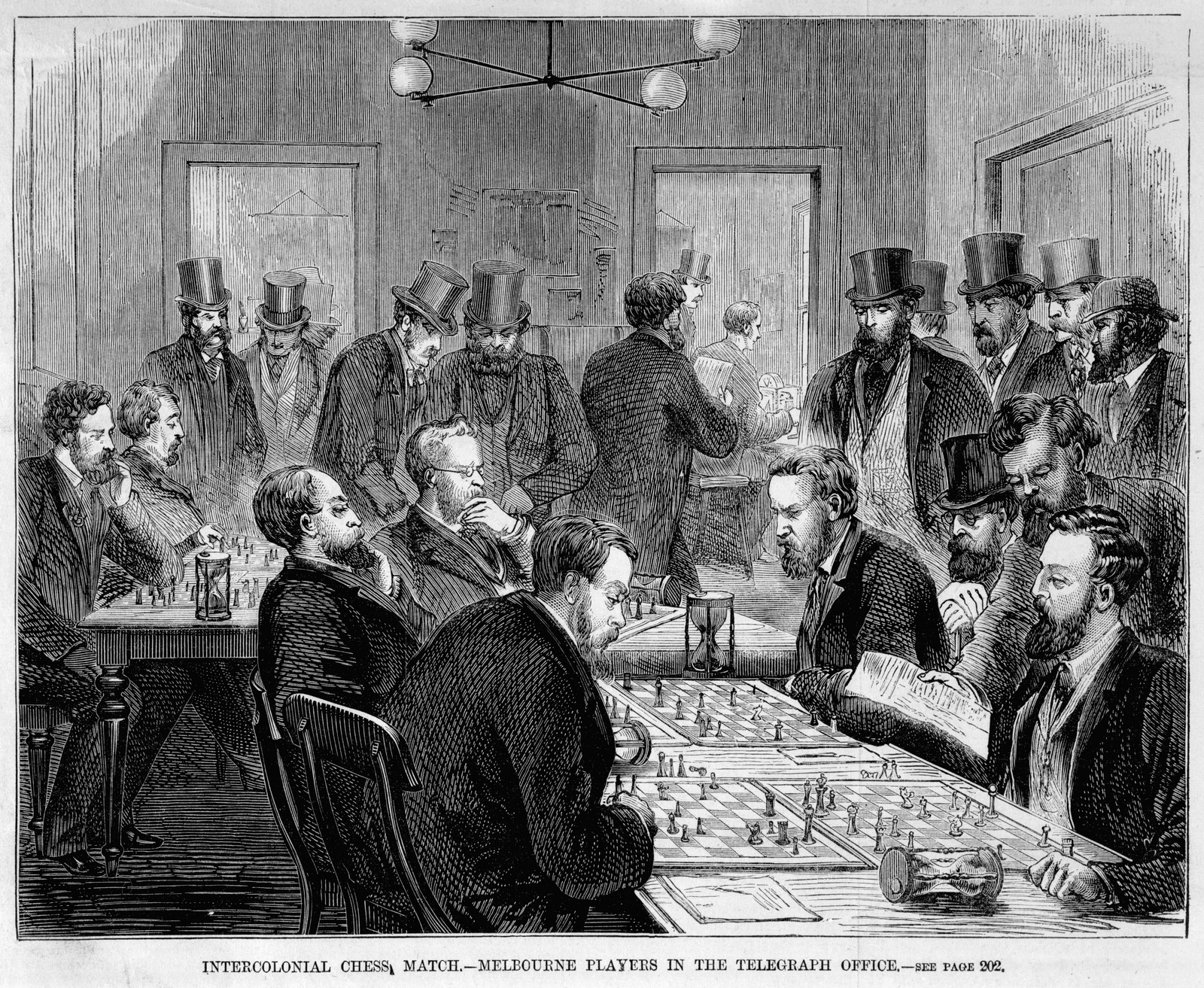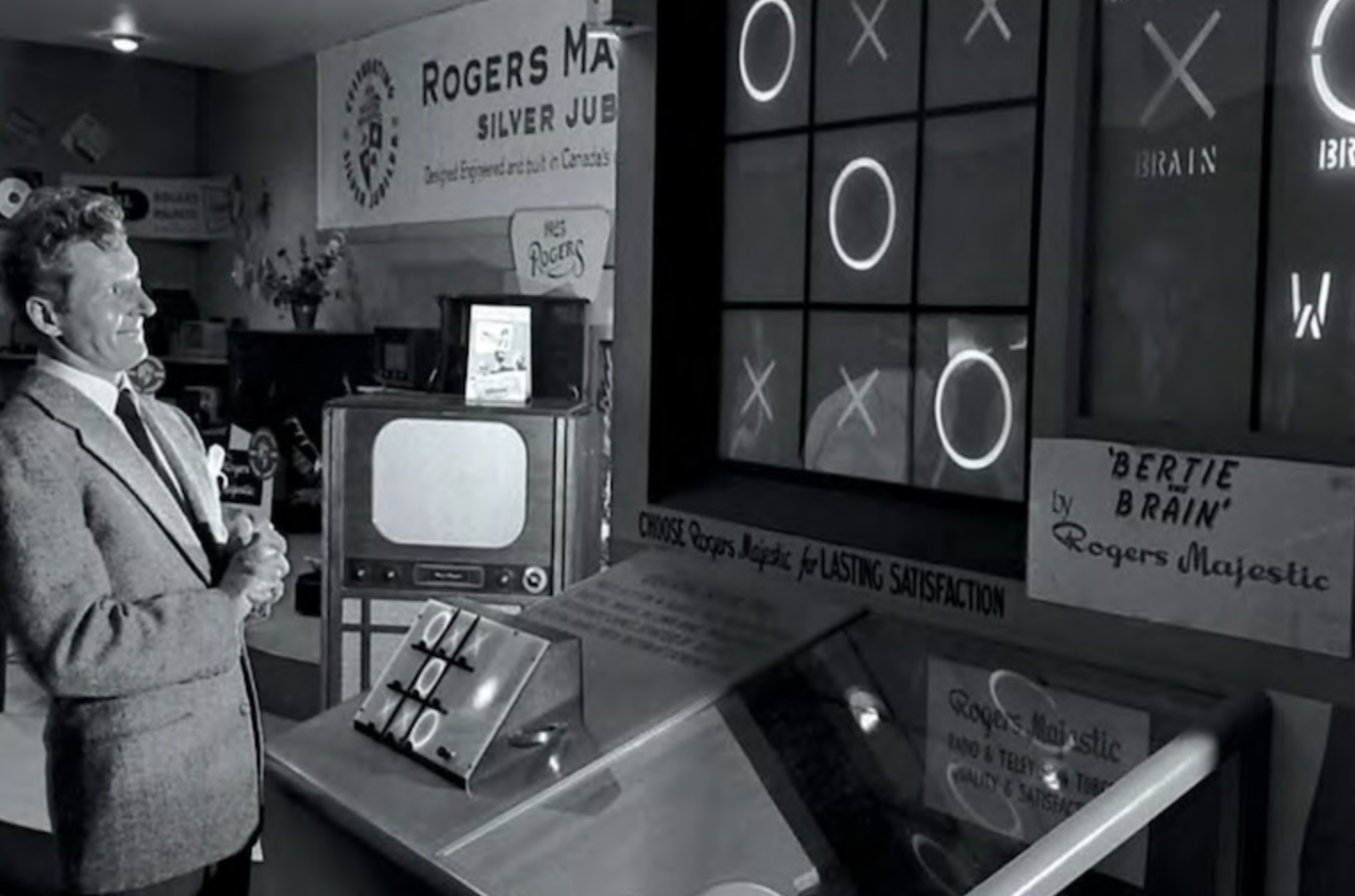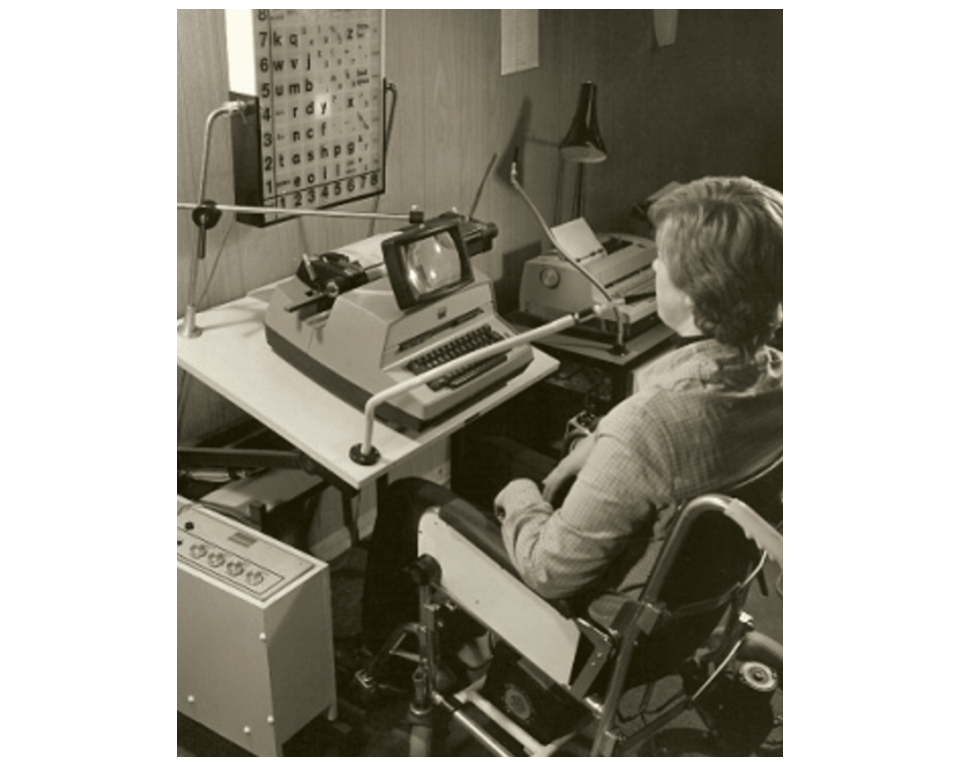History of accessibility in gaming

The last decade has seen an incredible surge in accessible games and adaptive devices. But what exactly does that mean and how has it progressed?
Gaming companies have finally started to take accessibility into account at the early stages of development. It doesn't come as a surprise anymore (at last) to see dedicated accessible menus with options regarding colours, captions, subtitles and motions (to name the most common ones) to allow people with impairments to get the best from their products as well.
For a long time in the gaming industry there were no accessibility guidelines and no rules for developers to make their products inclusive. Accessibility features were just incidental if there were any.
So, when did it all start? Not an easy question. If we think about overcoming physical difficulties and impairments to make a game more inclusive, it's safe to say that accessibility - to some extent - in gaming has been around for many decades if not centuries, before computers started to proliferate in families' houses.
How? Well. People have different opinions about the first milestone in this long journey, mostly because depending on the context, things can change a lot. For example, are we talking just about electronic games? All living creatures play games in order to interact with each other, bond and learn new things, so when did we start to think about making them inclusive as well?
This isn't supposed to be a complete and thorough chronological list. The main purpose is to remember the most important events and inventions that planted the seeds and helped develop accessibility in gaming, starting from the very early days.
1800s
Wait, really? Yes! Barrie Ellis from OneSwitch and Special Effect during his speech at a GAConf in 2018 went back to the 19th century. It might sound odd but at that time people used to play chess using telegraph cables to overcome the distance between them. They just needed to have a transmitting telegraph so as to send and receive their moves via the Morse code. It might have been the first 'online' game ever.
Also, it's worth mentioning that even in earlier times people used to play blind chess to show their ability and to overcome a visual impairment. They could be as competitive as sighted users if not better.

1930s
We're in the middle of the Great Depression, people desperately needed some cheap entertainment and technology could fulfil this need, since the earliest electronic games started to arise and spread in amusement arcades.
The Rotary Merchandiser Crane was a game which spread quickly and evolved all over the years and is still played nowadays in playrooms. Most of us (maybe not the youngest) should remember the claw machine or the toygrabber, don't we? I'm talking about that clumsy mechanic hand actioned by a button and a joystick which stole us a fortune in the pursuit of picking up some worthless stuff in a glass container.
The first model was similar and pretty simple: on a rotating wheel, there were some prizes that people tried to catch by pressing a simple button at a proper time, hoping for a sort of mechanical gripper with a stick at the end to push the prize out into a hole in the middle of the rotary and win some little things like charms or cigarettes.
The accessibility was just coincidental as the button was at wheelchair and children's height, so to allow pretty much everybody to enjoy the game and the thrill of a (quite unlikely) prize.

1950s
So, what was the first game made inclusive on purpose?
According to accessibility expert and advocate Ian Hamilton, one of the first inclusive games comes from an arcade game called Bertie The Brain. This was a sort of computer which challenged people to play tic-tac-toe against it.
What's fascinating about Bertie is that it had different intelligent levels: the inventor was able to decrease the difficulty so to make the game easier for young challengers or whoever else could not compete with Bertie's highest difficulty.
The creator realised that by creating different levels the game would be easier, more entertaining, and definitely more accessible. It might be the first time in which a game had more options made on purpose to allow as many people as possible to be engaged.
As we can imagine - and as the photo below suggests - it was not exactly a portable game: in fact, it was a large, 13-foot-tall computer used during an engineering exhibition in Toronto. Plus, patent issues prevented Bertie from further developments and it was largely forgotten for a long time. Yet, it was probably the first accessible computer-based game, let alone the first one to use a visual display as an output device.

1960s
Even if it wasn't expressively related to gaming it's probably worth remembering the year 1960 as it marked the birth of the first modern assistive technology, called Possum. This pioneering machine allowed paralyzed people to handle many devices - like switching lights, using the radio, making phone calls, even using a typewriter(!) - on their own by using the first sip-puff input device linked to an environmental control system made by the homonym company, still running today.
This system was provided by NHS and allowed many disabled people to live their lives at home and handle many tools that were totally inaccessible until then. The Possum gave them access to many more jobs opportunities, together with the chance to live a much more independent life. That was an amazing invention and achievement which deeply influenced the work of many people and the next assistive technologies to come.

During the 60s hundreds of video games were developed even if most of them were accessible only to academic/scientific environments. Accessibility was poorly considered.
However, by the end of the decade millions of people from all over the world had a television at home, it didn't take long to understand that this technology could be used for more than just watching tv shows.
Between 1967 and 1969 a German-American engineer named Ralph Baer created the Brown Box, a prototype for the first multiplayer/multiprogram video game system later marketed as the Magnavox Odissey, paving the way for all video game systems that followed in the early 70s.

Although he was never focused on accessibility Ralph Baer is known as the father of video games and one of the first to contribute in spreading gaming consoles to people's homes.
Without any law obligation or guidelines, an industry generally becomes aware of inclusivity when the demand is high and the market is increasing. The same happened - even if incredibly slowly - in video games.
Baer's consoles became popular in the early 70s and his legacy was largely followed by Atari with its home consoles, including the first accessible, popular worldwide home videogames. But we'll talk about this in the next blog. Stay tuned!
Take a look at our Accessibility evaluations and testing services to see where we can help.


